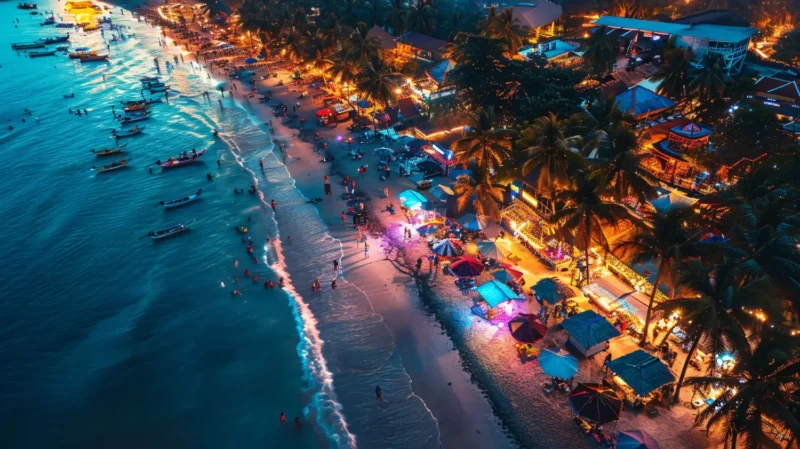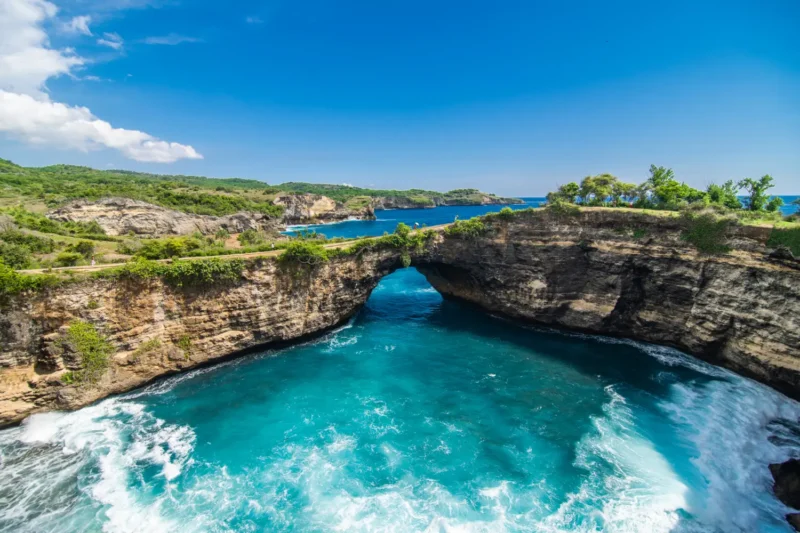Preparing to visit the Philippines is complicated enough on its own, but deciding when to visit the Philippines can only improve the overall experience! With a tropical climate, beautiful islands, and colorful cultural events, the Philippines has something special happening all year long. Use this guide to help you decide when to visit the Philippines.
When to Visit the Philippines Weather and Seasons
The Philippines has two distinct seasons dry and wet. The dry season runs from November to May, and it is the most sought-after time to travel. Weather is largely sunny, which is ideal for relaxing at the beach, going island hopping, or visiting popular destinations such as Palawan, Boracay, or Cebu. The cooler months of December to February tend to be advertised as the most comfortable time of year for outdoor travel.
The wet season runs from June to October. During this period, heavy rains and occasional typhoons are likely, particularly from July to September. Although the wet season is not the best time for the beach, it may be an attractive option for budget travelers, since flights and accommodations are typically lower in price. Taking that into consideration, some regions of the Philippines are less susceptible to typhoon activity, such as Mindanao, and your travel to the Philippines is still a worthwhile experience.
Festivals and Cultural Highlights
The Philippines is known for its remarkable festivals that bring out the best of local culture, faith, and traditions. If you can time your trip appropriately, you will have one experience much richer than any tourist experiences.
- Sinulog Festival (January, Cebu): Huge Street party, with dancing, costumes, and music.
- Ati-Atihan Festival (January, Aklan): Widely celebrated as the original and grandest of all Philippine festivals. Pure energy, pure cultural pride.
- Panagbenga Festival (February, Baguio): The festival of flowers and flowers in parade form.
- MassKara Festival (October, Bacolod): The massive smiling masks, street parties, and food fairs.
To enjoy, it’s a special way to connect to Filipino culture and hospitality.
Quick Tips Before You Go:
- Book Early For Peak Season Travel: The absolute busiest travel season will definitely be dry season in Christmas and holy week (Easter!). Book your flights and hotel rooms as early as you can.
- Pack Smart: Take mostly light material, sunscreen, and insect repellant, (with a light and easy material rain jacket for rainy months).
- Be Flexible: Travel planning can revert during a wet season. Plan for your backup plan first.
- Appreciate Local Culture: Filipinos are warm and welcoming, so learning a few basic greetings in Filipino can prove useful in building rapport.
Conclusion
When the best time to visit the Philippines really depends on whether you are looking for sunny beach days, extravagant cultural festivities, or just trying to get the best deal during the off-peak season! Regardless if you plan to visit during dry season or wet season, you will fall in love with the best of Philippine Islands’ beauty and appreciate the warm hospitality of Filipinos once you arrive.

